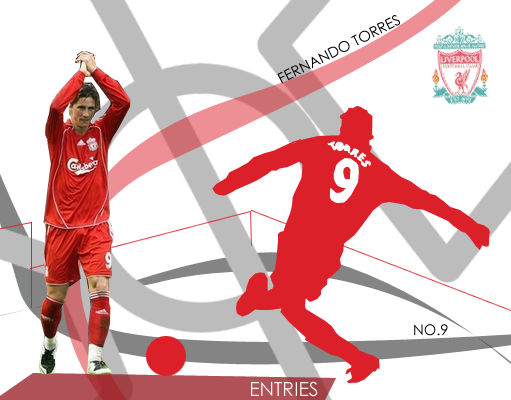Was a desire to protect the Soviet Union the main reason for Stalin's industrial and agricultural reforms?
Yes. Stalin's industrial and agricultural reforms were implemented to help Russia brace herself for an imminent war. The reforms brought to big changes in Russia's economy which made her prepared for war.
Firstly, Stalin wanted Russia to industrialize because by developing heavy industries, she could first free herself from dependence on capitalist states for machinery and manufactured goods, and finally rival with the industrial production of the United States and Germany. Moreover if Russia was economically strong, she could have the financial resuorces to produce more powerful armaments that could defend Russia from any possible attacks by the capitalist powers. Lastly, industrialization put all of the national resources under the government and this, enabled them to impose a stricter hold on the workers.
Hence, three five year plans were drawn up for Russia to industralize. The first plan which ran for only four years from 1928-1932, emphasised on the development of heavy industries such as coal-mining industries and machine construction. In 1932, the output of Russian industry was double the pre-war level as new factories were built. The second and third plans attempted to play more attention to consumer goods. However as the plans were being carried out, war threat increased and caused much attention to be shifted to the heavy industries again and hence light industry were neglected. Armaments were produced in great quantities and in 1936, the electricity output was sixteen times of that of 1913. The output of coal, steel and iron also tripled from 1913. As a results of this plans, Russia has become a major industrial power by the end of 1930 and was only second in production to the United States and Germany.
Stalin started collectivization as he wanted to raise the agricultural production of the country. Up to 1928, Russian agricultural system remained backward. Traditional tools such as sickles and wooden ploughs were the common features of the Russian agriculture. Stalin insisted on starting collectivization as he believed that only when the small farms were grouped together then could big farms be formed and machines be used and as a result the agricultural production would rise rapidly.
Also as a result of the new economic policy, the rich peasants or kulaks, grew up in large numbers in the country side. They refused to transport their grains for sale in the cities when the prices were low. Thus workers had to pay dearly for their good. And so if the kulaks were forced to become a part of collectivization, they would have to grow and sell their crops at fixed prices to the government. If the prices of food was low, wages of the workers and the cost of industrial production will be drastically reduced.
Collectivization ensure a cheap supply of food from the countryside as collective farms were obliged to deliver to the government a fixed quantity of their produce at a low price. More importantly, the peasant were kept at a low income level, so the produce of the collectives could be sold by the government in overseas market for a large profit which was later used by the government to invest in industries. In the long run, collectivization helped to raise agriculture production. By 1939, the sown areas of Russia was 1/3 larger than that of 1913 and its output of grain doubled that of 1914.
As shown, Stalin wanted start industrialization and collectivization to make her self dependant so that we will be able to fight off foreign threats in times of a war. Russia had its own industries unlike before and machines were actually being produced in Russia itself. With Stalin's reforms, statistics show clearly that Russia had improved economically and caught up with the superpowers in a short span of 15 years.
YAY I FINALLY FINISHED 1 ESSAY ^_^V
Labels: Random


